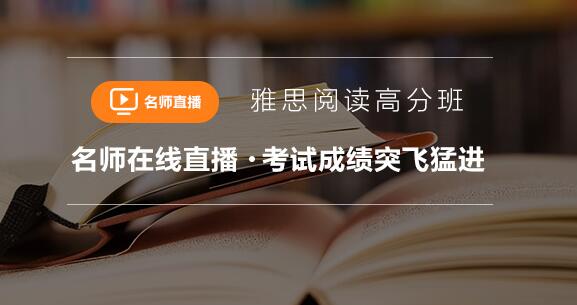所謂的倒裝結構,指的是謂語(yǔ)的一部分或全部放在了主語(yǔ)的前面,最簡(jiǎn)單的倒裝結構就是疑問(wèn)句,比如,Could—fatal loophole in the dilemma—the theories themselves be symptoms of a universal stupefaction?倒裝的目的是要強調所提前的成分.中國學(xué)生由于不太習慣于看到謂語(yǔ)放在主語(yǔ)前的位置,可能會(huì )對理解造成障礙.處理方法其實(shí)也很簡(jiǎn)單,就是把倒裝還原為正常的語(yǔ)序去理解就好了.



